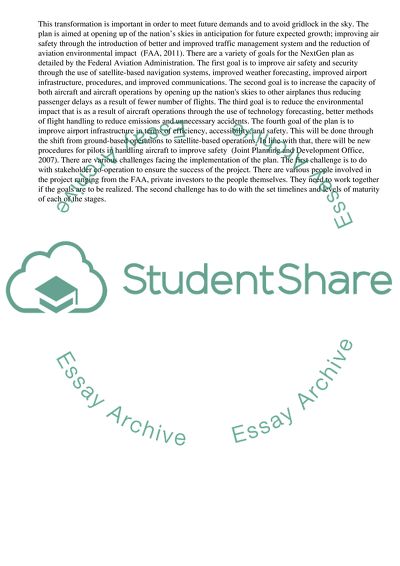Cite this document
(“The Federal Aviation Authority: NextGen Research Paper”, n.d.)
The Federal Aviation Authority: NextGen Research Paper. Retrieved from https://studentshare.org/business/1757055-faa-nextgen-implementation-plan-march-2010
The Federal Aviation Authority: NextGen Research Paper. Retrieved from https://studentshare.org/business/1757055-faa-nextgen-implementation-plan-march-2010
(The Federal Aviation Authority: NextGen Research Paper)
The Federal Aviation Authority: NextGen Research Paper. https://studentshare.org/business/1757055-faa-nextgen-implementation-plan-march-2010.
The Federal Aviation Authority: NextGen Research Paper. https://studentshare.org/business/1757055-faa-nextgen-implementation-plan-march-2010.
“The Federal Aviation Authority: NextGen Research Paper”, n.d. https://studentshare.org/business/1757055-faa-nextgen-implementation-plan-march-2010.


